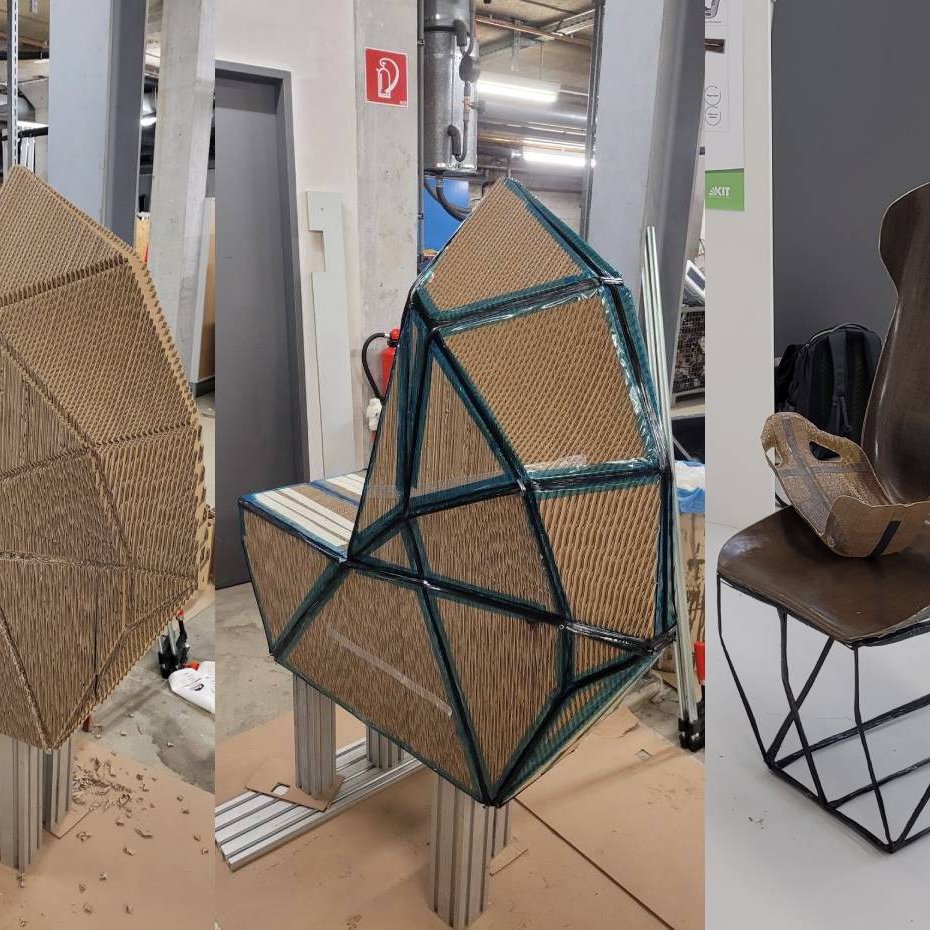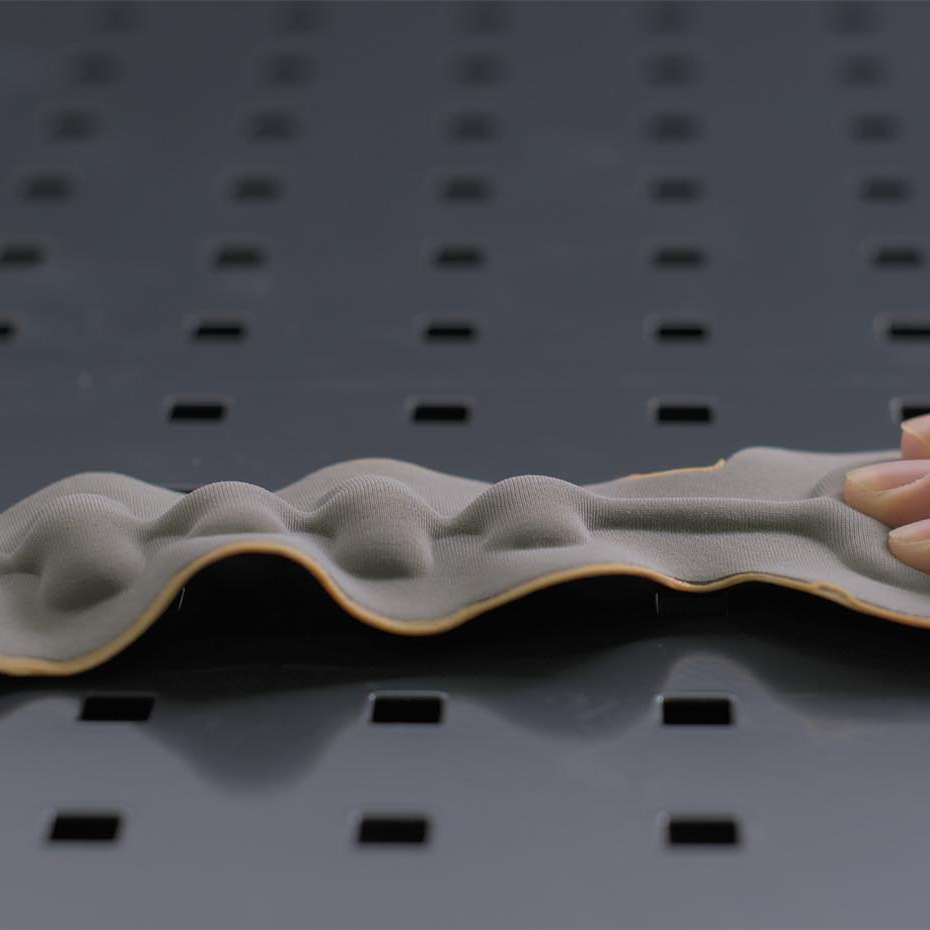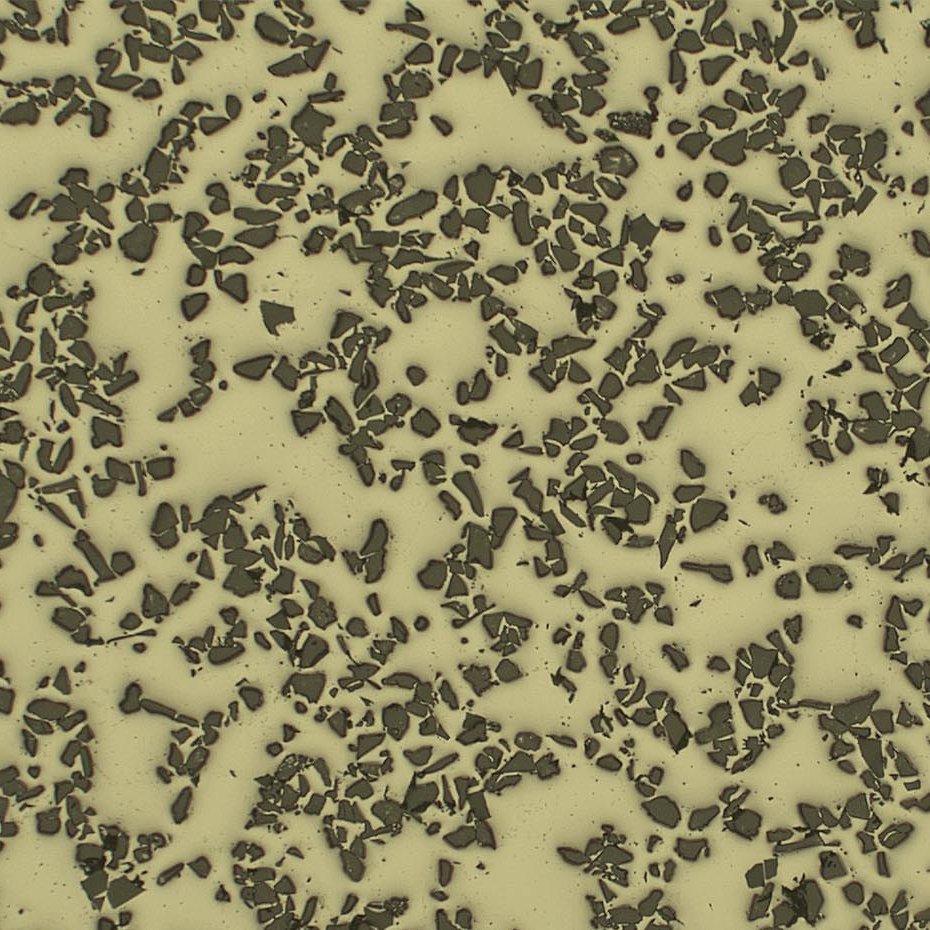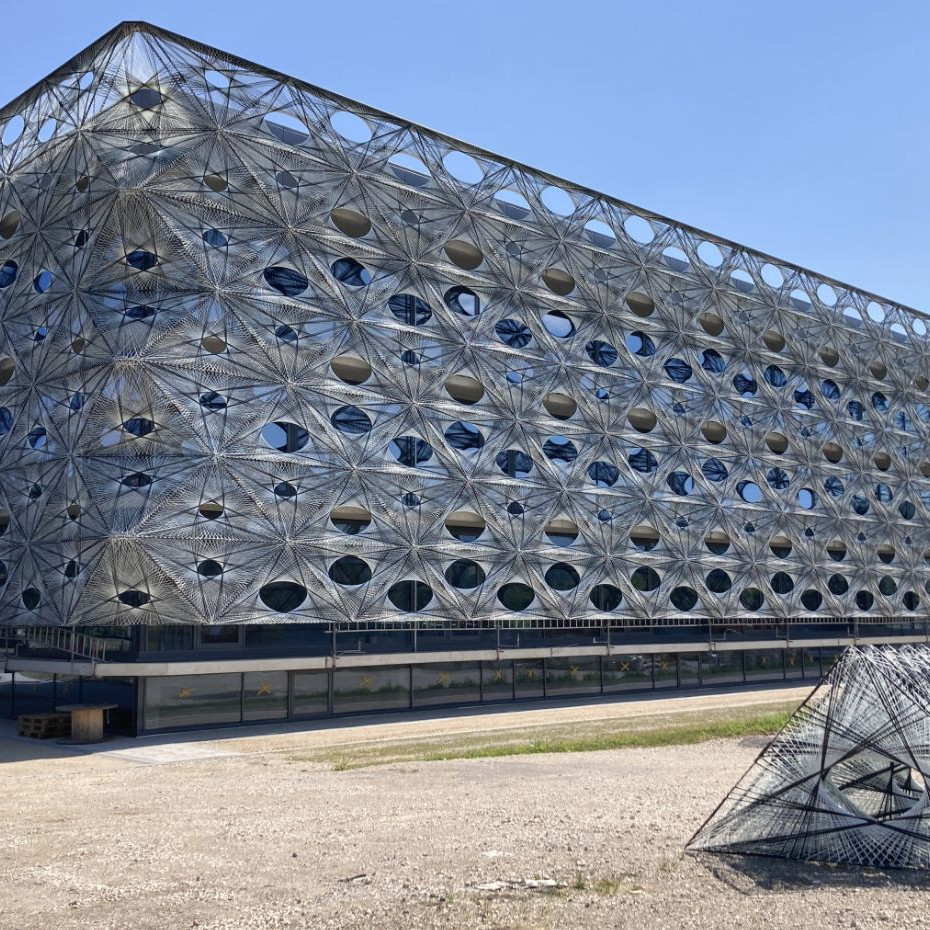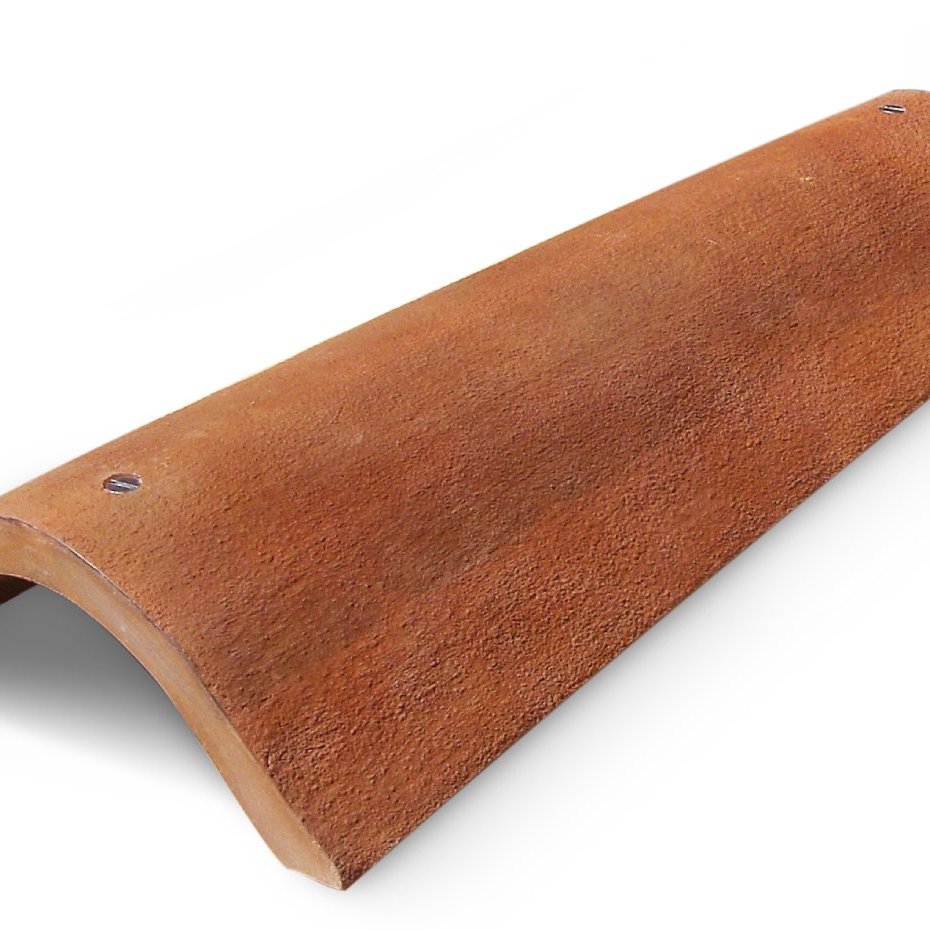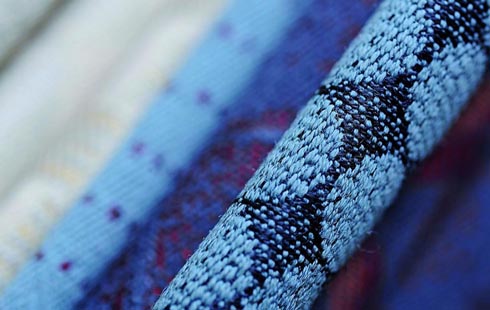
Climatex textiles
Textile screw as the key to recyclability
24 October 2011
In times of increasingly scarce resources, the desire to act in closed material cycles is almost a political issue. But what has proven itself over decades in production facilities around the world cannot be converted overnight to the conditions of sustainable use of world’s resources. Some manufacturers are now pioneering a movement that will grow in importance over the next few years. Gessner AG from Switzerland tries to make a contribution with Climatex fabrics, for holistic thinking in closed material cycles.
Regulation of humidity and temperature
Climatex fabrics are the result of an intelligent combination of materials that are optimized to avoid waste. They are designed in such a way that they can be returned to the cycle after use. The materials used can be sorted according to type and are 100 percent recyclable. Ramie fibers, farm wool and a flame-retardant textile fiber made from European hornbeam wood are used, which are twisted, dyed, woven and refined. Recyclable substances are also selected for dyeing. 90% of the energy required for the production process comes from renewable energy sources.
The invention of a textile screw forms the basis for the recyclability of all climatex textiles and is the reason for the targeted arrangement of natural and synthetic fibers in functional rooms. The technology is responsible for regulating humidity and temperature. At the end of the product’s service life, the textile screw can be loosened and the materials involved are released back into their cycles.
image: Climatex
Ecoblaq molecular wood colours
23 March 2024
Ecoblaq is a molecule manipulation method, a natural chemical reaction, making…
Natural fiber reinforced car seat
22 October 2023
The focus of the project "Design for Recycling" is a seat shell that is made…
MotorSkins morphing textiles
19 April 2022
Berlin based start-up MotorSkins designs and produces textiles with embedded…
3D Pioneers Challenge 2022
15 December 2021
The 3D Pioneers Challenge 2022 adresses tech pioneers who pave the way for…
IGNIS – Light from waste heat energy
12 August 2020
The availability of affordable, independent and, above all, clean electrical…
Brake disc with reduced fine dust
21 April 2021
Fine dust endangers our health. One of the main sources is traffic, especially…
Texoversum
15 July 2023
With the "Texoversum", Reutlingen University has put into operation a training…
Invisible Terracotta Solar Rooftile
10 May 2023
The family-run business Dyaqua has developed a technology to integrate a…
Xarvio – Digital Farming
8 January 2021
BASF Digital Farming GmbH has received the renowned Crop Science Award for the…

